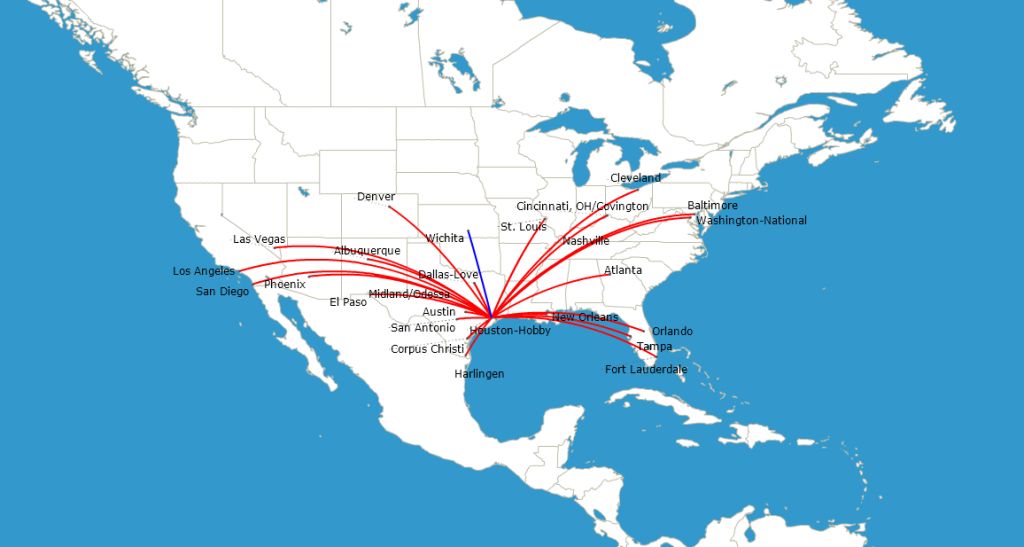


Southwest’s cost leadership generic strategy ensures low costs, which translates to across-the-board low prices that are a competitive advantage for keeping a large share of the commercial aviation market, in support of the market penetration intensive growth strategy.

The company’s strategic objective in this intensive strategy is to grow its business revenues by providing more of its current air transportation services to more passengers in markets where it currently has operations. In line with its generic strategy, Southwest Airlines applies market penetration as its primary intensive growth strategy. Southwest’s Intensive Strategies for Growth (Ansoff Matrix) Not just in terms of prices, but also in terms of warmth and friendliness in Strategy, the enterprise presents itself as a major commercial aviation contender Maintaining a high level of customer satisfaction through service quality. Provider strategy, as the company continues to minimize costs while also In a way, Southwest Airlines has a best-cost Point, in contrast to other firms that use the focus strategy or theĭifferentiation strategy, such as Delta Air Lines. For example, theĬompany’s advertising campaigns frequently emphasize low fares as a selling The commercial aviation corporation’s success depends on effectiveness in implementing the cost leadership generic competitive strategy.Īirlines and its service offerings as a low-cost carrier. The large-scale operations linked to this generic strategy for competitive advantage supports the fulfillment of Southwest Airlines Co.’s mission statement and vision statement, which aim for global leadership in the industry. To address competition, the company’s strategic objective in this generic strategy is to minimize operating costs, optimize profit margins, keep low prices, and offer its airline services to the mass market. Southwest Airlines Co.’s generic strategy is cost leadership, which creates competitive advantage based on low costs and correspondingly low prices. Southwest’s Generic Strategy for Competitive Advantage (Porter’s Model) Southwest Airlines Co.’s intensive growth strategies facilitate the operational scale needed to maintain the corporation’s generic strategy, thereby also strengthening its competitive advantage and competitive positioning in the industry. These competing commercial aviation companies possess resources and the operating scale to grow despite the competitive landscape. Southwest Airlines uses its generic competitive strategy to counteract the competitive power of other firms, such as Delta Air Lines, United Airlines, and American Airlines. Growth strategies suited to the business. Southwest Airlines’s success indicates effective implementation of

These corporate strategy frameworks are considered in thisīusiness analysis of the commercial aviation company and its approach to Strategies that the airline company can apply. Porter’s model, competitive advantage is developed With a strategic position as one of the mainĬompetitors in the commercial aviation industry in the United States, theĬompany is popular for its low fares and high accessibility. Southwest Airlines Co.’s generic strategy for competitive advantage (Porter’s model)Įnsures product/service attractiveness for successfully implementing intensive strategies for Southwest Airlines Co.’s generic strategy for competitive advantage and intensive strategies for growth are aimed at optimizing profits and market share based on low costs and low fares. A Southwest aircraft arriving with military personnel at Terre Haute Regional Airport in Indiana in 2007.


 0 kommentar(er)
0 kommentar(er)
